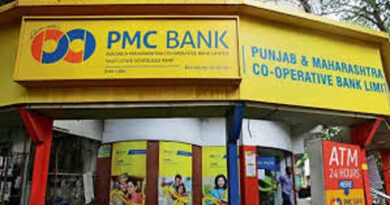Corrective Action Framework for Rural Banks
NABARD directed RRBs to initiate self-corrective action based on parameters such as capital adequacy, asset quality and profitability which largely follows the framework for bigger commercial banks. The plan was consulted with the RBI before finalization.
Accordingly, RRBs will have to slow down business if their capital adequacy falls below 9%, net non-performing assets ratio rises over 10% of total advances and return on assets falls below 0.25%. The bank has tightened its supervisory noose around RRBs, saying that failure of taking corrective action when required will attract harsher regulatory action such as monetary penalties and issuing of show cause notices to the management. “To ensure financial soundness and functional efficiency of RRBs with statutory and regulatory compliance, the board of supervision has considered introducing Supervisory Action Framework for Prompt Corrective Action,” as mentioned in a note from NABARD to the RRB Chairman.
“The focus is to ensure early rectification of the irregularities or deficiencies,” the note said.
The framework will be implemented based on the findings of NABARD’s inspection with reference to RRBs’ financial performance at the end of March 2018.”The corrective action should include close monitoring of NPAs and its recovery, mobilisation of low cost deposits and curtailing of expenditure. These banks should prepare a time-bound action plan for improvement in their functioning,” said NABARD.
“The multiplicities of regulatory directions are often contradictory. The different regulatory authorities must bring about a semblance of uniformity in approach in implementation of NPA norms on investment,” said SK Bhattacharjee, general secretary of All India RRB Officers’ federation.
“Adequate emphasis has already been placed on reliance of systemdriven NPAs. However, a commonly accepted practice must be evolved to come out with a realistic picture of the financial health of RRBs, and all RRBs must follow this,” he said.
There are 56 RRBs with a cumulative business over Rs 6 lakh crore at the end of FY17.




